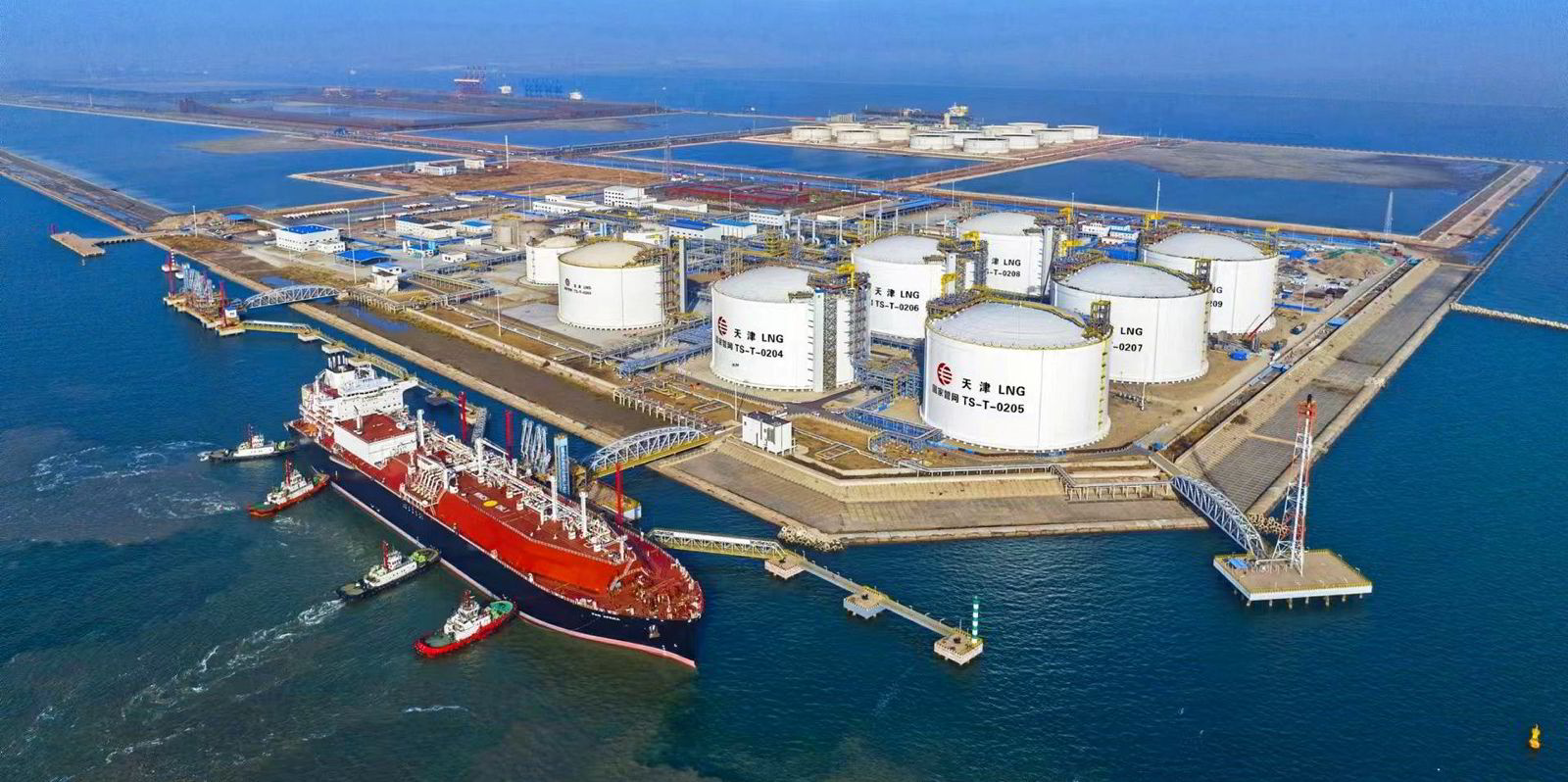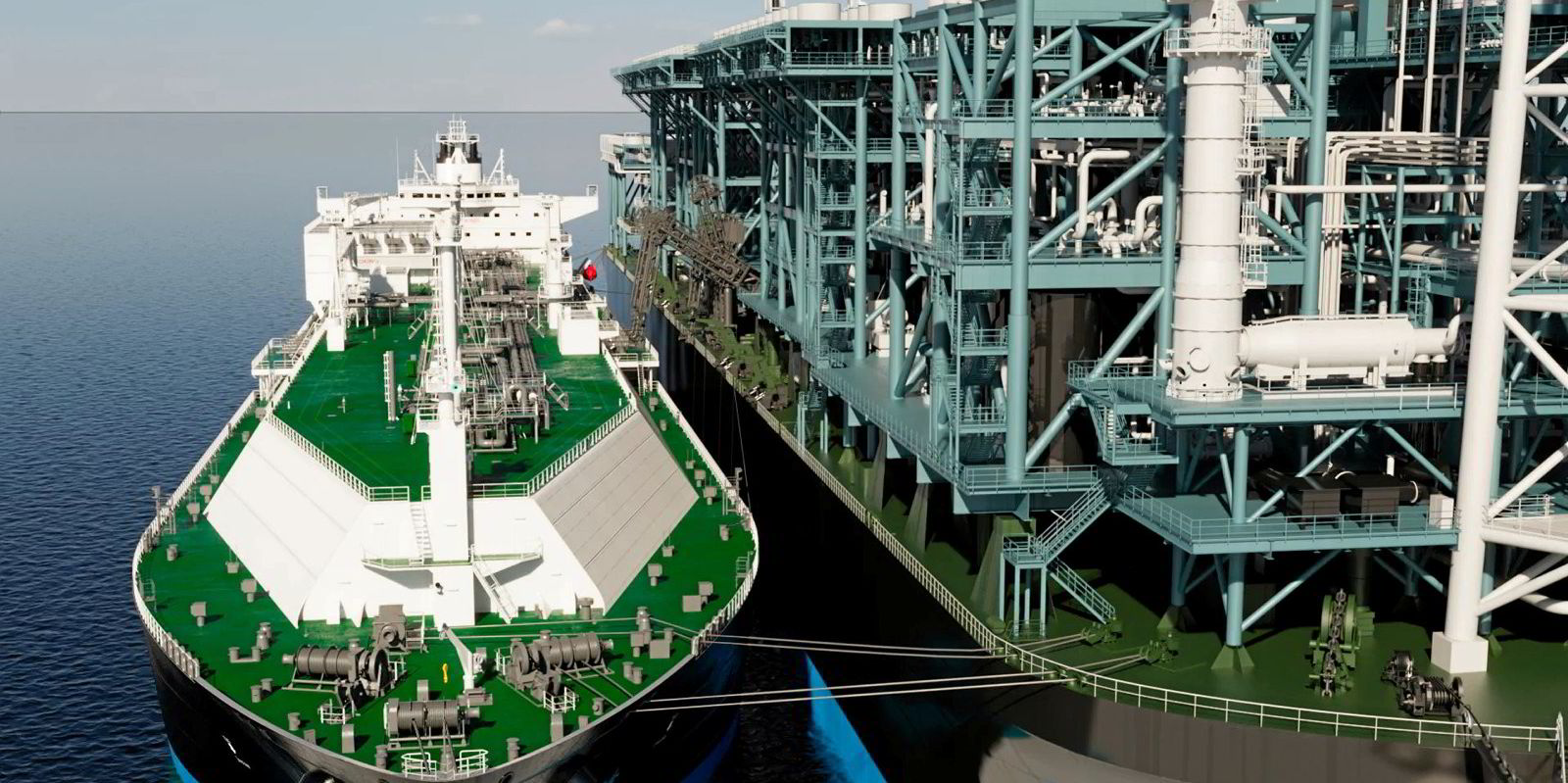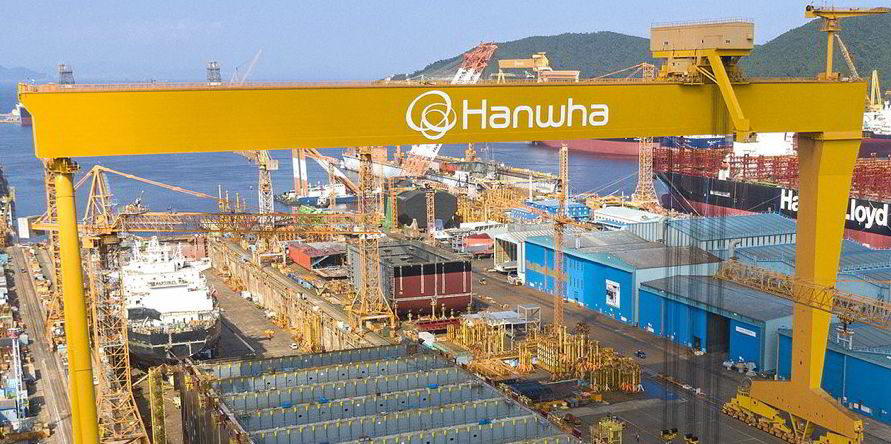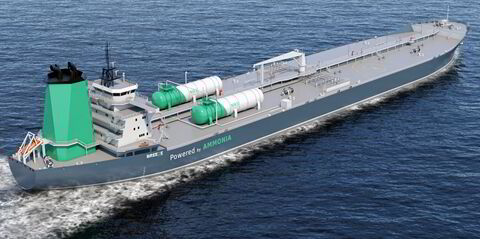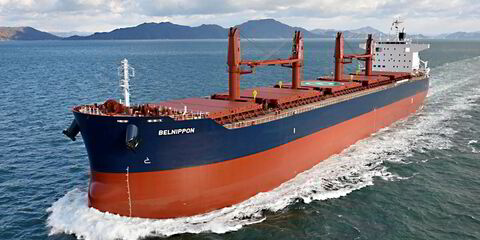A surge of LNG import capacity is scheduled to be put into operation in 2024 but more will be needed as demand from new markets gears up.
Speaking on a webcast to present the energy major’s LNG Outlook 2024, Shell executive vice president of energy marketing Steve Hill said a massive 100m tonnes of new import capacity is due to come online, creating more flexibility for the sector.
This contrasts with predicted new LNG supply volumes of between 7m and 20m tonnes for the year.
He said the new regasification capacity would be in Europe in countries like Germany, Greece and Italy but also in China where 10 new terminals are due to start up this year.
Hill, who commented that this is Shell’s eighth edition of its annual LNG Outlook and its longest presentation on it to date, said the company is most bullish on China because of the large amount of gas-fired generation and regasification capacity coming online this year.
The energy major sees Chinese gas demand driven by industry and buildings and not so much by the power sector.
Hill said there is a lot of latent demand for LNG, which has been constrained by Europe’s moves to buy LNG to replace Russian pipeline gas.
He mentioned new markets like Vietnam, Ghana, the Philippines and Bahrain, which have already developed import infrastructure but have been delayed and others that need LNG like Australia, Sri Lanka and South Africa.
Aside from China, Shell is eyeing Bangladesh, Vietnam, the Philippines and Thailand as developing markets for LNG in that they have rapidly growing power sectors and declining domestic gas supply.
But Hill said they will need further investment in regasification capacity to meet their potential.
Structurally short
Hill said Europe will continue to need LNG.
Shell sees the region as being structurally short by 50 to 70 million tonnes per annum for the rest of the decade, which it will need to secure on spot or term basis.
Speaking on the call, Shell executive vice president of LNG Cederic Cremers also highlighted that LNG as a fuel for the marine sector could grow to 10 mtpa by the end of this decade.
He said there are about 1,000 LNG-fuelled vessels either existing or on order, with about 25% of ships delivering in 2025 being able to use LNG as a fuel.
Cremers said of these, 79% have been built with two-stroke, low methane slip technology propulsion systems.
He said: “Working together with energy efficiency technologies .. we believe this can have a really important role in reducing emissions in the marine sector.”
Cremers also highlighted that these vessels would not be “locked in” to using LNG but could switch out to bio-LNG or synthetic fuels to decarbonise further in future.
Supply step-up
Hill said the LNG sector is coming to the end of a relatively low period of supply growth.
He said there is uncertainty about new supply growth due to the nature of projects and geopolitics, mentioning Russia’s US-sanctioned Arctic LNG 2 and Mozambique LNG developments.
But large new volumes are due onstream from Qatar and North America.
Hill said this will be the third step up in supply but the biggest this century, citing increases from 2009 to 2011 and from 2017 to 2019.
He said the US now produces close to 100 mtpa of LNG, which is set to double to around 200 mtpa by the end of the decade, representing about 30% of global LNG demand.
Hill said LNG is characterised by a long-term tight market offset by short-term weak factors, including three mild winters and low demand in China, which has allowed the market to balance.
But he said the market is still “quite fragile”, highlighting events like maintenance outages in Norway, liquefaction plant strike threats in Australia and the Israel-Gaza conflict, which produced price spikes.
“We have a structurally tight market, that has been balanced by near-term market weakness but where we see fragility and volatility continuing,” he said.

